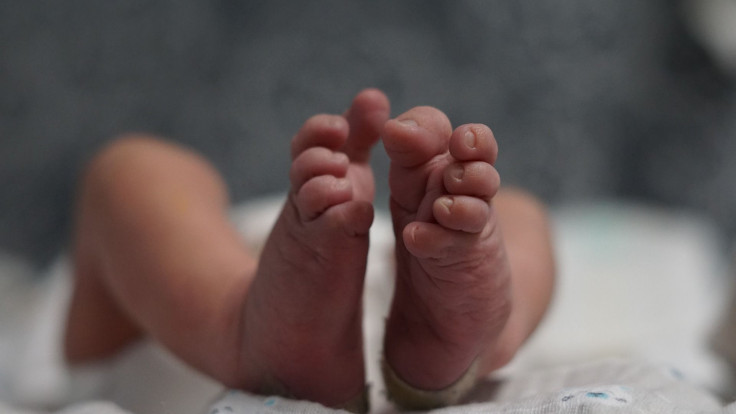1-Year-Old Baby Born With 'Tripod Deformity' Gets Extra Leg Removed In Rare Surgery
KEY POINTS
- The rare corrective surgery was performed by four doctors
- The surgery was completed in over six hours
- The infant is currently under observation at the pediatric intensive care unit
Doctors in India performed a rare surgery recently to remove an extra leg of a 1-year-old boy, who was born with a birth defect called tripod deformity.
The procedure took place in Ludhiana, a city in the northern state of Punjab. The doctors told local media that in this condition, an additional rudimentary leg starts to form from the back besides the two normal legs. In the 1-year-old unidentified boy's case, the third leg was neurologically intact, even though the limb's power was reduced.
The rare corrective surgery was performed by four doctors at a hospital in Haibowal, media outlet Tribune India reported.
"This 'Tripod Deformity' is seemingly due to a parasitic Siamese twin, the body of which degenerated leaving the leg behind in the other twin, which fused with the back of the baby. The patient had undergone an MRI scan which showed the presence of Femur tibia fibula and the knee joint in the additional leg," Dr. Balbeer Singh of the private hospital told The Times of India.
Experts at the hospital studied the case and decided to remove the leg, Singh added. He added the baby was brought to the private hospital with the help of a Ludhiana-based nonprofit.
As the boy belonged to a low-income family of laborers, the cost of the surgery was paid by the nonprofit organization.
The surgery took place for over six hours, during which "the rudimentary leg was detached from the nervous plexus, amputated and then the skin defect was closed," the hospital authorities said.
The infant was currently under observation at the pediatric intensive care unit, and was recovering.
"There was a spinal cord connection of the third leg with an associated meningomyelocele. The MMC was repaired and the nerve connections to the accessory leg were detached carefully sparing the nerve Fibres of the normal lower extremities," Dr R.K. Kaushal, Head of the Department, Neurosurgery at the hospital told The Times of India.
"This was one of the rarest and most challenging cases I have seen in my career," he added.
“The rudimentary leg showed an additional femur and other lower limb bones, but the shape and anatomy of those bones were not normal. So, the amputation was done extremely carefully keeping in mind the presence of nerve bundles and spinal vertebrae,” Dr Mohammad Yamin, who was part of the doctors' team, said.






















